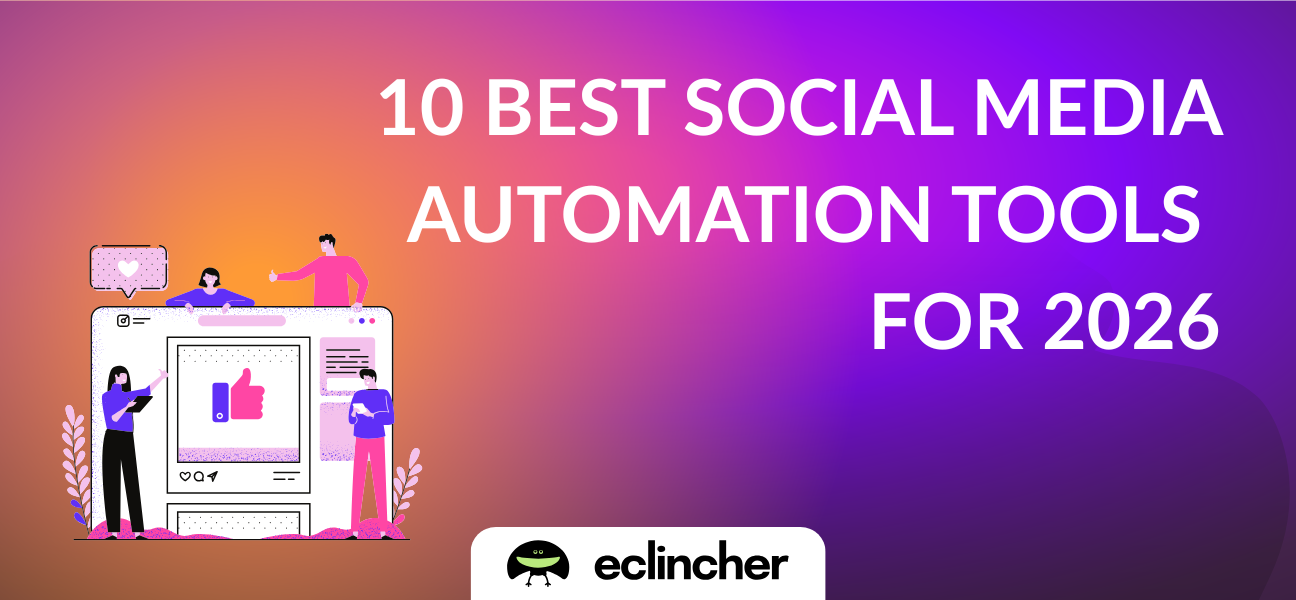B2B social media marketing has become an essential component of business growth and customer engagement. With the rise of professional networking platforms and the increasing use of social media in professional settings, businesses have unprecedented opportunities to connect with other businesses, build relationships, and drive sales.
This article explores effective strategies for B2B social media marketing, incorporating up-to-date information and best practices to help your business thrive in 2024 and beyond.
Understanding B2B Social Media Marketing
B2B social media marketing involves using social media platforms to promote products or services to other businesses. Unlike B2C marketing, which targets individual consumers, B2B marketing focuses on building relationships with decision-makers in other companies.
Key objectives include:
- Brand Awareness: Increasing visibility within your industry.
- Lead Generation: Attracting potential clients and nurturing them through the sales funnel.
- Customer Engagement: Building and maintaining relationships with existing clients.
- Thought Leadership: Establishing your company as an industry expert.
The Importance of B2B Social Media Marketing
Recent statistics underscore the significance of B2B social media marketing:
- 76% of B2B buyers prefer to work with recommendations from their professional network (LinkedIn).
- 53% of B2B buyers rely on social media to assess tools and technologies (Demand Gen Report, 2023).
- 83% of B2B marketers use social media for content marketing (Content Marketing Institute).
These figures highlight how social media influences purchasing decisions and the value of building professional relationships online.
Key Components of a Successful Strategy
1. Defining Your Target Audience
Understanding your audience is the foundation of any marketing strategy.
- Create Buyer Personas: Develop detailed profiles of your ideal clients, including industry, company size, job roles, challenges, and goals.
- Research Platforms: Identify where your target audience is most active. LinkedIn is a primary platform for B2B marketing, but Twitter, Facebook, and even Instagram can be valuable depending on your industry.
- Understand Pain Points: Knowing the challenges and needs of your audience allows you to tailor your messaging effectively.
2. Integrating Social Media into Your Marketing Plan
Social media should be an integral part of your overall marketing strategy.
- Set Clear Objectives: Define what you want to achieve—brand awareness, lead generation, customer retention, etc.
- Develop a Content Strategy: Create a content calendar that includes a mix of promotional, educational, and engaging content.
- Maintain Consistency: Regular posting and engagement are key to maintaining visibility and relevance.
3. Tracking and Measuring Success
Monitoring your efforts ensures that your strategy is effective.
- Identify Key Performance Indicators (KPIs): Track metrics such as engagement rates, follower growth, website traffic, lead conversions, and return on investment (ROI).
- Utilize Analytics Tools: Use platform analytics (e.g., LinkedIn Analytics) and third-party tools to gain insights.
- Adjust and Optimize: Use data to refine your strategy, focusing on what works and improving or discarding what doesn't.
Latest Trends in B2B Social Media Marketing
As of 2024, several trends are shaping B2B social media marketing:
1. Video Content Dominance
- Short-Form Videos: Platforms like LinkedIn now support and prioritize video content, making it essential to incorporate videos into your strategy.
- Webinars and Live Streams: These formats are effective for showcasing expertise and engaging with audiences in real-time.
2. Employee Advocacy
- Leveraging Employee Networks: Encouraging employees to share company content can expand reach and build authenticity.
- Providing Training and Tools: Equip employees with guidelines and resources to represent the brand effectively.
3. Personalization and Account-Based Marketing (ABM)
- Tailored Content: Personalizing messages and content for specific accounts increases engagement and conversion rates.
- Integration with CRM Systems: Aligning social media efforts with customer relationship management enhances targeting and tracking.
4. Influencer Partnerships
- Collaborating with Industry Influencers: Partnering with thought leaders can amplify your message and build credibility.
- Engaging Micro-Influencers: Working with niche influencers who have dedicated followings within your industry.
5. Social Selling
- Building Relationships: Using social media to connect and engage with prospects throughout the buying process.
- Aligning Sales and Marketing: Ensuring that sales teams are equipped with social media insights and tools to engage prospects effectively.
Best Practices for B2B Social Media Marketing
1. Provide Value Through Quality Content
- Educational Materials: Share whitepapers, case studies, e-books, and how-to guides that address industry challenges.
- Thought Leadership Articles: Publish insights on industry trends, innovations, and best practices.
2. Engage Actively with Your Audience
- Prompt Responses: Engage with comments, messages, and mentions in a timely manner.
- Participate in Discussions: Join relevant industry groups and conversations to increase visibility and establish authority.
3. Optimize Content for Each Platform
- Tailored Strategies: Customize your content and approach for each social media platform to maximize engagement.
- Use Relevant Hashtags and Keywords: Enhance discoverability by using industry-specific tags and optimizing for search.
4. Leverage Paid Advertising Strategically
- Targeted Advertising: Use advanced targeting options to reach specific audiences based on demographics, job titles, and interests.
- Retargeting Campaigns: Re-engage visitors who have interacted with your website or content to nurture leads.
5. Ensure Professionalism and Compliance
- Consistent Branding: Maintain uniformity in visuals, tone, and messaging across all platforms.
- Adhere to Regulations: Ensure compliance with industry regulations and platform policies, especially concerning data privacy.
Conclusion
B2B social media marketing is a powerful tool for building relationships, establishing authority, and driving business growth. By understanding your audience, integrating social media into your marketing plan, staying abreast of the latest trends, and adhering to best practices, you can create a strategy that yields significant returns.
As the digital landscape continues to evolve, staying agile and responsive to new opportunities will keep your business at the forefront of your industry.
.svg)
.svg)
.svg)
.svg)

.svg)
.svg)
.svg)

.svg)

.svg)
.svg)

.svg)



.png)
%20(1).png)
.png)





.svg)
.svg)
.svg)

.png)
.png)
.png)
.svg)
.svg)
%20(1).png)
.svg)
.png)


.png)
.svg)
.svg)
.svg)
%20(1).png)
.png)
.png)

.png)
.png)
.svg)
.svg)
%20(1).png)
%20(1).png)
.png)


%201296x600px.png)




